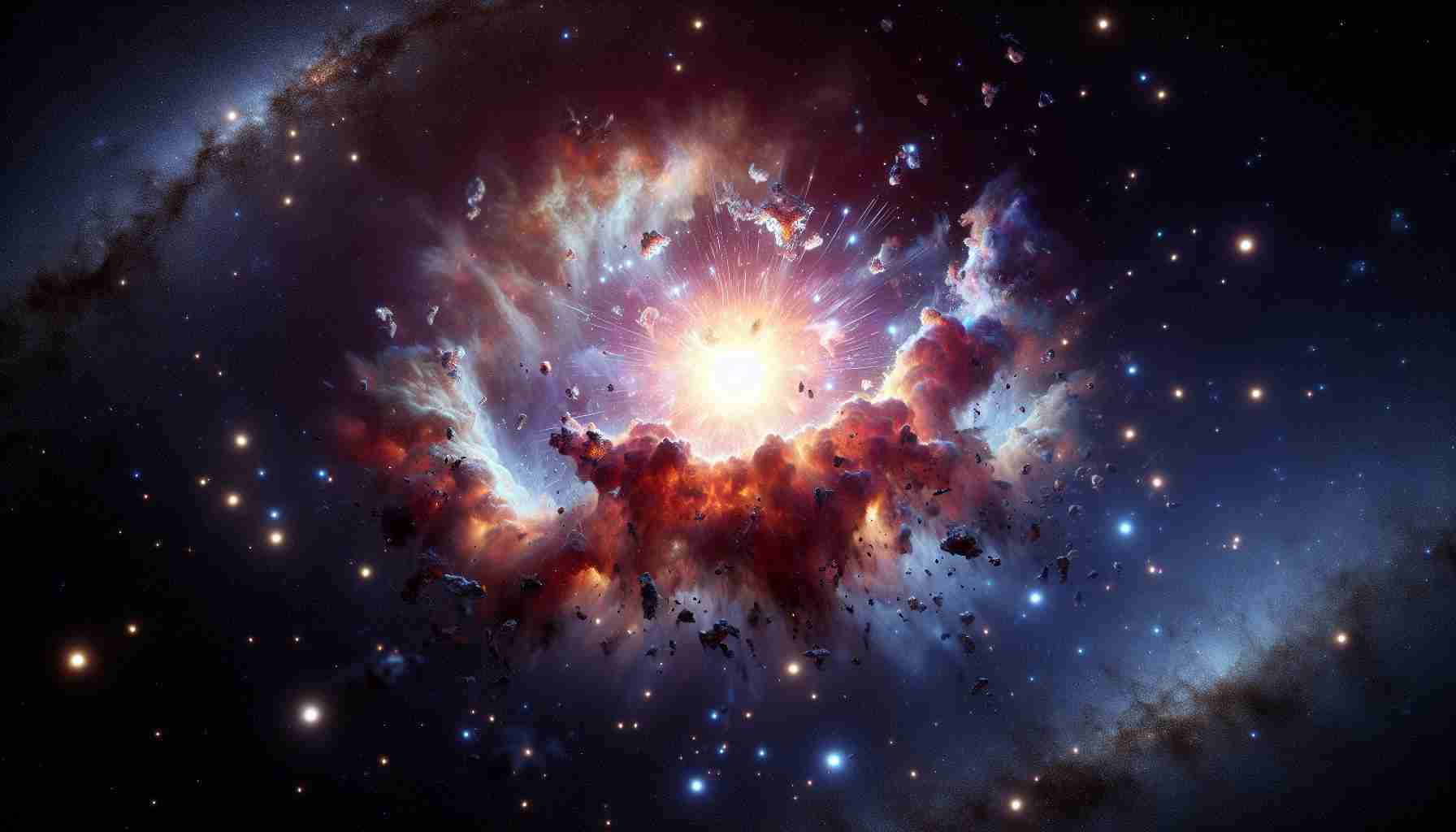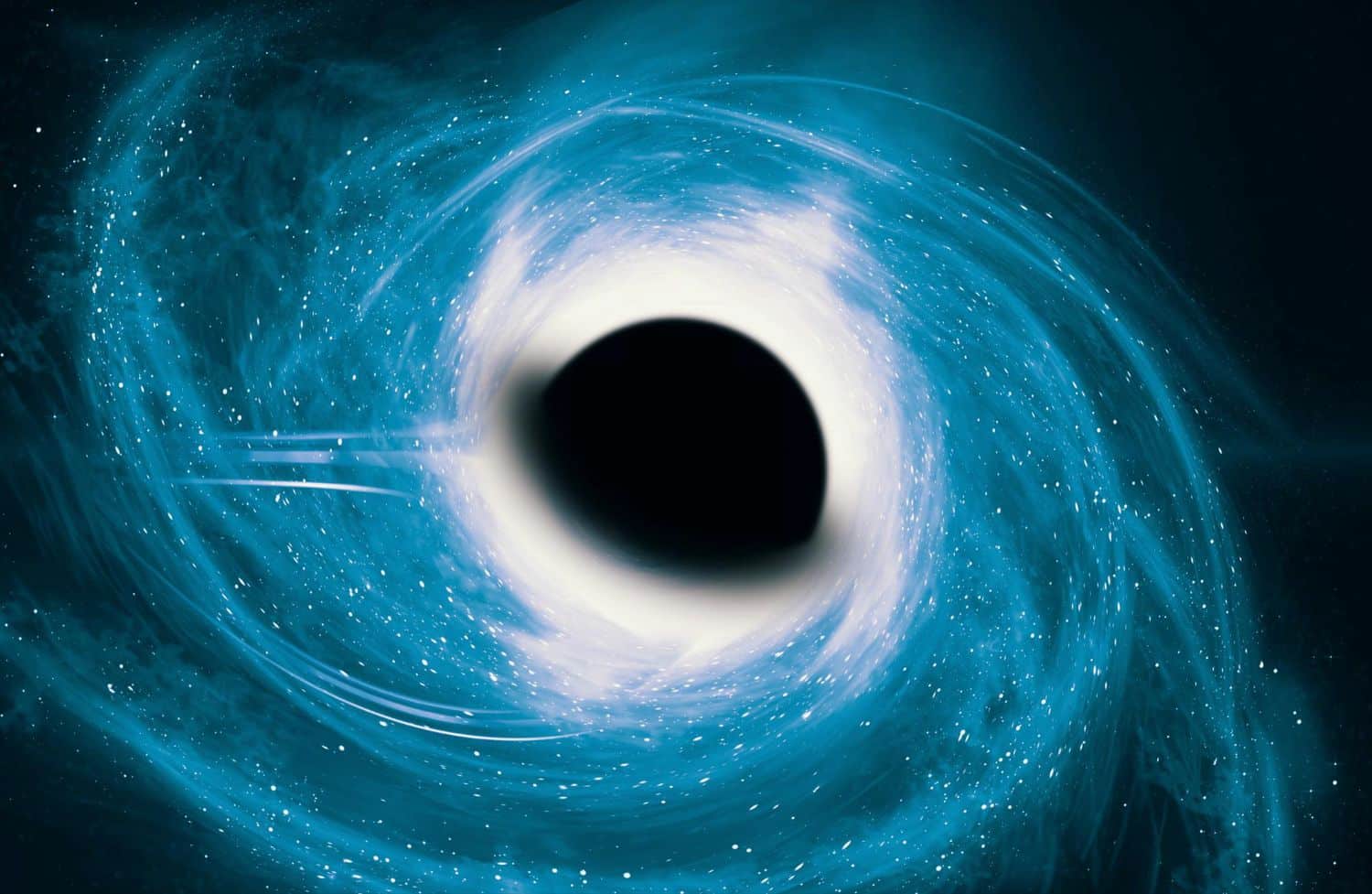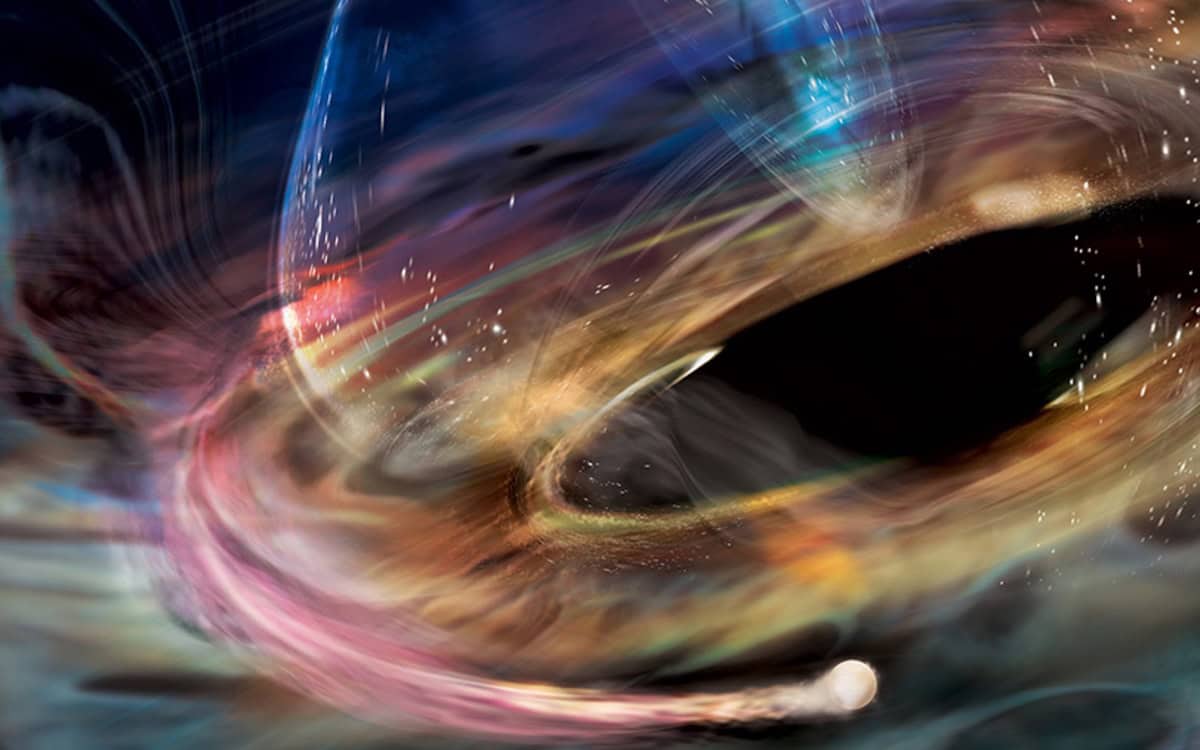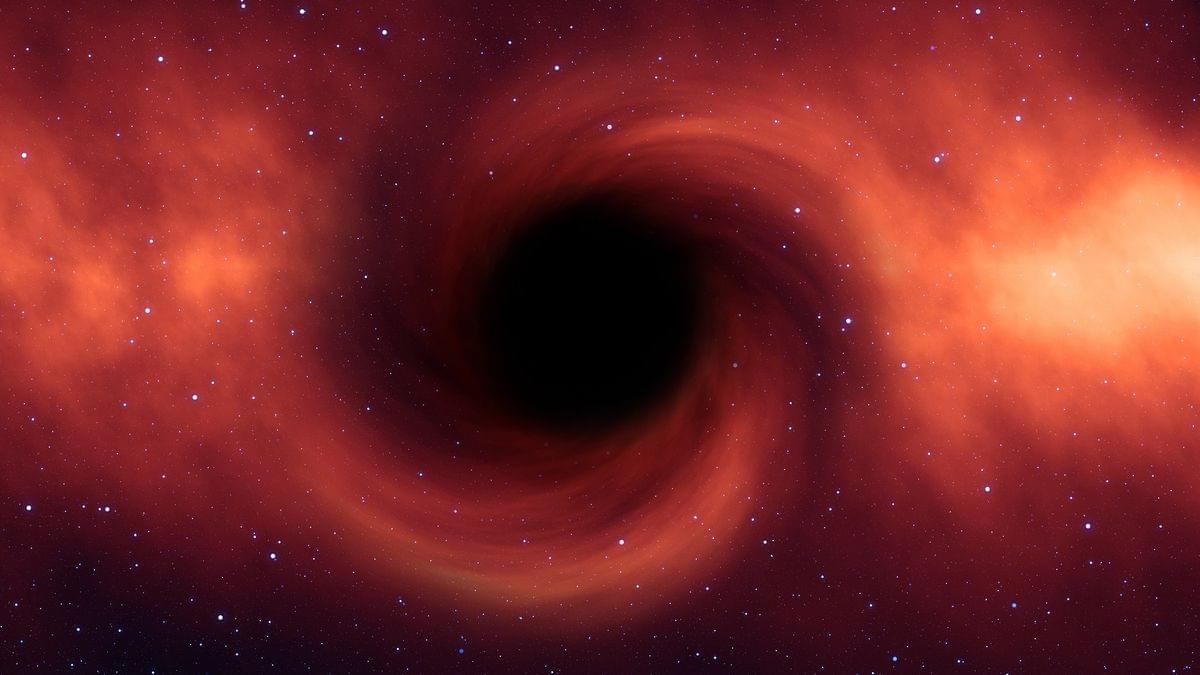Scientists have just discovered the largest structure ever found in the universe, and it’s changing everything we thought we knew about space! Quipu, a superstructure spanning 1.3 billion light-years, is bending light, distorting cosmic expansion, and even affecting the Cosmic Microwave Background. What does this mean for our understanding of dark matter, energy, and galaxy evolution? Watch this video to explore Quipu’s secrets and their impact on the universe! 🚀✨ paper link: https://arxiv.org/abs/2501.19236 MUSIC TITLE : Starlight Harmonies MUSIC LINK : https://pixabay.com/music/pulses-starlight-harmonies-185900/ Visit our website for up-to-the-minute updates: www.nasaspacenews.com Follow us Facebook: https://www.facebook.com/nasaspacenews Twitter: https://twitter.com/SpacenewsNasa Join this channel to get access to these perks: https://www.youtube.com/channel/UCEuhsgmcQRbtfiz8KMfYwIQ/join #NSN #NASA #Astronomy#SpaceDiscovery #Quipu #LargestStructure #Astronomy #Cosmos #BiggestThingInSpace #DarkMatter #GalaxyClusters #SpaceScience #NASA #Astrophysics #CosmicWeb #ScienceNews #MindBlowing #Intergalactic #BlackHoles #Physics #TimeAndSpace #Superstructure #Galaxies #Universe #Science #Exoplanets #MilkyWay #Astronomers #XrayMapping #SpaceTech #BeyondTheStars #FutureOfSpace #CosmicEvolution …
Category: cosmology – Page 66

Does the universe behave the same way everywhere? Weak gravitational lensing could provide an answer
A study published in the Journal of Cosmology and Astroparticle Physics (JCAP) presents a methodology to test the assumption of cosmic homogeneity and isotropy, known as the Cosmological Principle, by leveraging weak gravitational lensing—a light distortion effect described by general relativity—in astronomical images collected by new observatories such as the Euclid Space Telescope. Finding evidence of anomalies in the Cosmological Principle could have profound implications for our current understanding of the universe.
“The Cosmological Principle is like an ultimate kind of statement of humility,” explains James Adam, astrophysicist at the University of the Western Cape, Cape Town, South Africa, and lead author of the new paper. According to the Cosmological Principle, not only are we not at the center of the universe, but a true center does not exist.
A further assumption, similar to but distinct and independent from homogeneity, is that the universe is also isotropic, meaning it has no preferred directions. These assumptions underlie the Standard Model of Cosmology, the theoretical framework used to explain the origin, evolution, and current state of the universe. It is currently the most robust and consistent model, verified by numerous scientific observations, though not yet perfect.


Unveiling Cosmic Secrets: Hubble’s Astonishing Glimpse at Supernova SN 2022AAJN
The Hubble Space Telescope’s ability to capture such detailed images of SN 2022AAJN represents a milestone in astronomical exploration. With its unprecedented image quality, Hubble provides astronomers with the means to explore cosmic events in greater depth and detail. This capability marks the start of a new era in astronomical science, where advanced imaging combines with cutting-edge data analysis tools, like machine learning, to accelerate discoveries and deepening our understanding of cosmic events such as supernovae and dark energy.
For further exploration and updates in astronomical research, visit the following resource: NASA. Here, you can find more in-depth insights, latest news, and upcoming events related to astronomical advancements.

Physicists Are Using Time Itself to Crack the Dark Matter Puzzle
Using atomic clocks and ultra-stable lasers, they tracked subtle changes in time to detect hidden dark matter waves. By measuring precision shifts across vast distances, the study opens doors to new discoveries in fundamental physics.
Unveiling Dark Matter with a Bold New Approach
A team of international researchers has developed a novel method to investigate dark matter, the mysterious substance believed to hold galaxies together.

Dark matter dominating halos of supermassive black holes 13 billion light-years away
Kavli IPMU Professor John Silverman said, “Vera Rubin provided the first evidence for dark matter using the rotation curves of nearby local galaxies. We’re using the same technique but now in the early Universe.”
Blue-shifted (towards researchers) and redshifted (away) gas show velocity changes in the galaxy. Unlike past studies, which showed less dark matter in the galaxy’s outskirts, their data shows a flat rotation curve, indicating that more dark matter is needed for high velocities.
These findings shed light on the relationship between dark matter and supermassive black holes, helping us understand galaxy evolution from the early Universe to today.
Science Is Now Metaphysics
Main episode with Matthew Segall: https://www.youtube.com/watch?v=DeTm4fSXpbM
As a listener of TOE you can get a special 20% off discount to The Economist and all it has to offer! Visit https://www.economist.com/toe.
New Substack! Follow my personal writings and EARLY ACCESS episodes here: https://curtjaimungal.substack.com.
TOE’S TOP LINKS:
- Enjoy TOE on Spotify! https://tinyurl.com/SpotifyTOE
- Become a YouTube Member Here:
https://www.youtube.com/channel/UCdWIQh9DGG6uhJk8eyIFl1w/join.
- Support TOE on Patreon: https://patreon.com/curtjaimungal (early access to ad-free audio episodes!)
- Twitter: https://twitter.com/TOEwithCurt.
- Discord Invite: https://discord.com/invite/kBcnfNVwqs.
- Subreddit r/TheoriesOfEverything: https://reddit.com/r/theoriesofeverything.
#science #philosophy #multiverse #wisdom

Supermassive black hole displays ‘unprecedented’ X-ray outbursts
An international team of researchers has detected a series of significant X-ray oscillations near the innermost orbit of a supermassive black hole – an unprecedented discovery that could indicate the presence of a nearby stellar-mass orbiter such as a white dwarf.
Optical outburst
The Massachusetts Institute of Technology (MIT)-led team began studying the extreme supermassive black hole 1ES 1927+654 – located around 270 million light years away and about a million times more massive than the Sun – in 2018, when it brightened by a factor of around 100 at optical wavelengths. Shortly after this optical outburst, X-ray monitoring revealed a period of dramatic variability as X-rays dropped rapidly – at first becoming undetectable for about a month, before returning with a vengeance and transforming into the brightest supermassive black hole in the X-ray sky.
